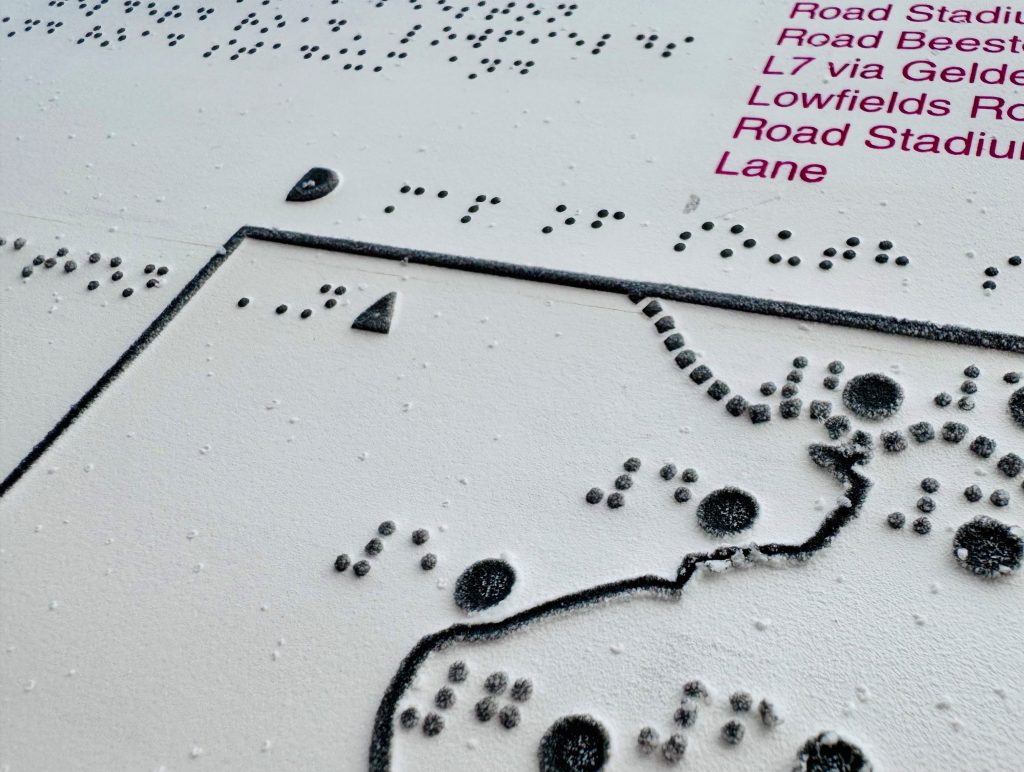
How to Use Tactile Maps in a Consultation Conversation
Engaging blind and visually impaired individuals in public consultations can appear challenging, but accessible tactile maps and respectful conversations can play crucial roles.
Here is how to effectively use these maps to foster meaningful conversations in consultations.
Understanding Mental Models
People’s perceptions of routes and places are shaped by their mental models and their sense of alignment and orientation in both physical spaces and information systems. It is essential to consider these factors when introducing new information.
Opening the Conversation
Start by discussing how individuals currently navigate their surroundings. This helps you understand their existing mental models, which is crucial for integrating added information. Ask them directly:
- Do they think in terms of places and maps or stops and routes?
Align the information you provide with their way of thinking. Depending on their responses, you can tailor your approach:
- Some may prefer oral descriptions of routes.
- Others might use visual maps with magnifiers.
- Some will benefit from tactile map graphics to relate proposed routes to their existing ideas of places.
- Others might prefer tactile linear route forms to align with their mental models of routes and destinations.
Offering Maps
When presenting maps, describe each page as you offer it. Start with the index page to give an overview of the area under discussion, followed by route maps. Ensure you use accurate route descriptions that correspond with the consultation documents to maintain clarity and enable informed responses.
Use the available physical space to lay out the maps, allowing individuals to move between pages and compare routes at their own pace. Reading tactile maps can be time-consuming, so be patient and give them the time they need.
Ensuring Comprehension
Always check if the information is understandable. Braille reading abilities can vary, and tactile diagrams might not always be the best format for everyone. Use the maps as a tool to engage in conversation and seek clarity. If the tactile format is not working, apologize and switch to an alternative format. Remember, the issue lies with the format, not the person.
Key Actions
- Open a conversation: Guide individuals to align their existing sense of journeys and places with the proposed routes.
- Ensure correct language: Use the names of routes and stop titles to help them understand the consultation questions.
- Clarify objectives: Make sure they know what opinions are being sought so they can read the material carefully and critically.
By following these steps, you can help create an inclusive and effective consultation process that respects and accommodates the needs of blind and visually impaired individuals.
Need help, contact us
Please contact us if you have a public consultation or research project that needs some additional input on creating more accessible and inclusive elements.